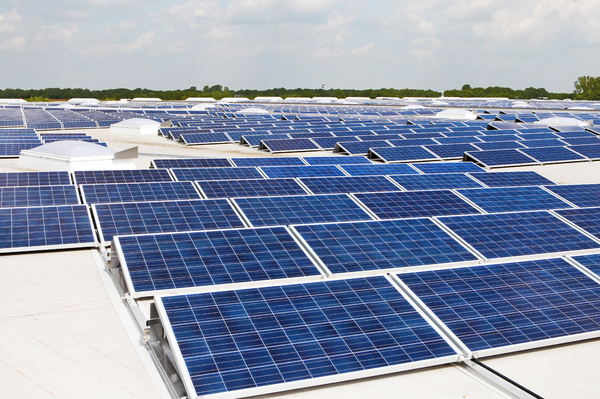|
a recent article on nature detailed the growing trend towards solar thermal, which is different from the typical solar energy that power electrical grid and could be the answer for the worldwide need for resources to run air conditioning units.

an article in nature argues for solar thermal being the future of cooling. (wikimedia commons)
the article noted that there are currently more than 1,200 solar thermal installations around the world, which is 10 times as many as just a decade ago.
“companies that produce solar-thermal chillers say that they use 30–90% less electricity than the conventional air conditioners that operate in most buildings, depending on the type and size of the installation,” the article read. “and researchers are working to make the systems more efficient and cheaper to build.”
the cost of solar thermal chillers are five times as high as air conditioners that work off electricity, so there are concerns that this technology will be limited, but solar thermal has the advantages of running silently, not requiring the use of hydrofluorocarbons, and solar energy is prevalent where cooling is needed most.
the technology works through special collecting tubes or plates that absorb energy from the sun and transfer that heat to an absorption chiller. in absorption chillers, the heat boils the refrigerant out of a solution and the gaseous refrigerant then goes through stages of condensation and evaporation where it expels the heat outdoors.
“academic researchers and companies are also trying to improve performance in other ways,” the article continued. “most absorption chillers, including solid’s, heat the refrigerants to around 80 °c. if the temperature could be raised to 120–170°c, then more refrigerant would evaporate and circulate as gas in the system at the same time, making the unit more efficient.”
a number of organizations are working to make the technology more efficient from improving collectors to optimizing the absorption materials. there are also plans for hybrids between the solar thermal and the electrically-driven air conditioners.
studying the best ways of using the sun to create energy continues and there are many who see the sun’s warmth as the future of cooling.
|